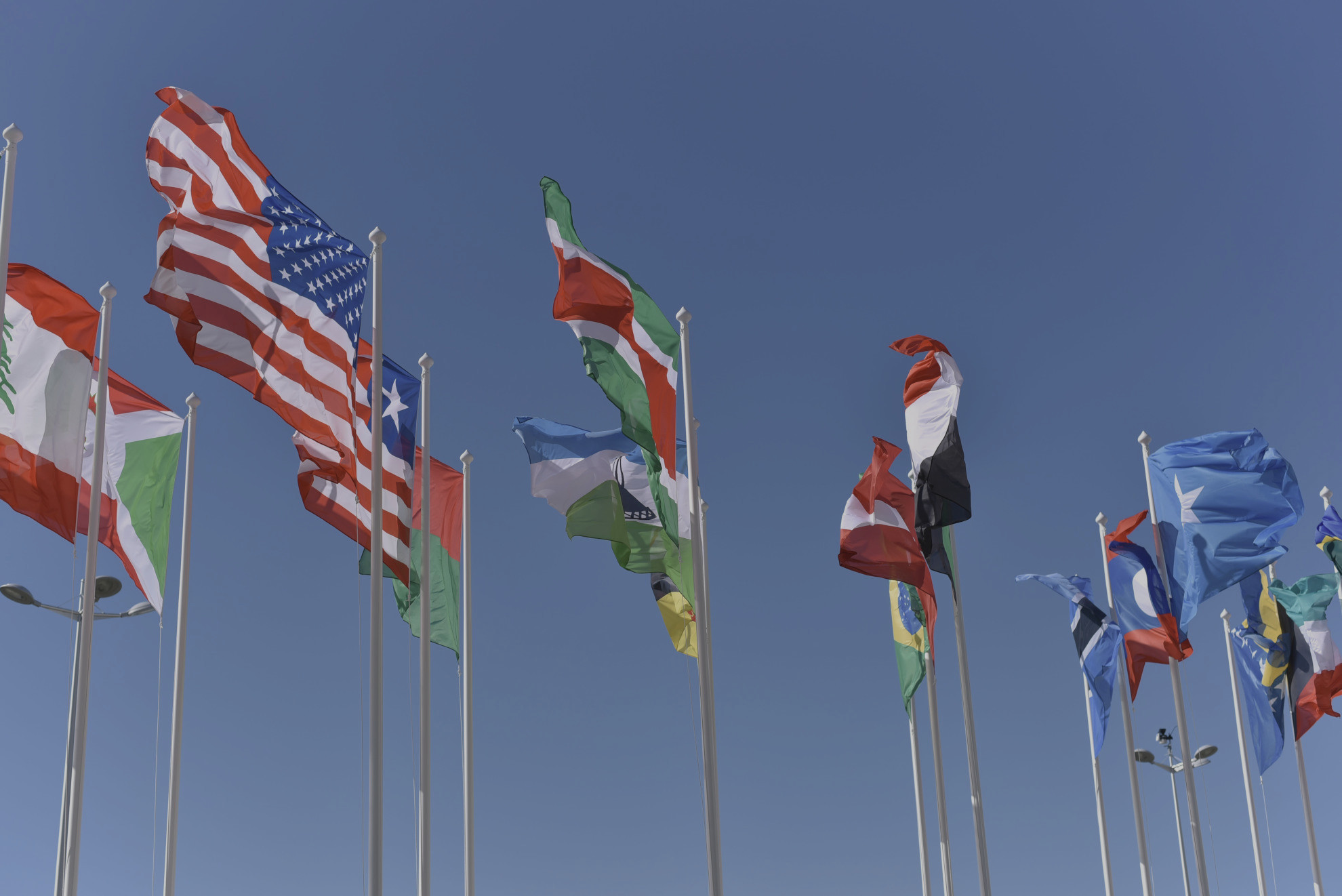The emergence of COVID-19 has led to an immense disruption in the daily lives of almost everyone on the planet. Faced with the consequences of inaction, most national governments have responded with policies that restrict the activities conducted by their inhabitants. As schools and businesses shuttered, the mobility of these people decreased. This reduction in mobility, and related activities, is being recorded through ubiquitous location-enabled personal mobile devices. Patterns have emerged that vary by place-based activity and it is through these patterns that we can explore differences in how countries responded to the crisis.
 In this paper we investigate the differences in these place-based activity patterns across nations, specifically focusing on the relationship between government enacted policies (as proxied through a stringency index) and changes in community activity patterns (through Google’s Community Mobility Reports). We show that people’s activity response to government action varies widely both across countries as well as regionally within them. Three assessment measures are devised and the results correlate with a number of global indices (e.g., GDP, Infant Mortality). We discuss these findings and the relationship between government action and residents’ response.
In this paper we investigate the differences in these place-based activity patterns across nations, specifically focusing on the relationship between government enacted policies (as proxied through a stringency index) and changes in community activity patterns (through Google’s Community Mobility Reports). We show that people’s activity response to government action varies widely both across countries as well as regionally within them. Three assessment measures are devised and the results correlate with a number of global indices (e.g., GDP, Infant Mortality). We discuss these findings and the relationship between government action and residents’ response.
The pre-print version of this article is freely available on arXiv.org


